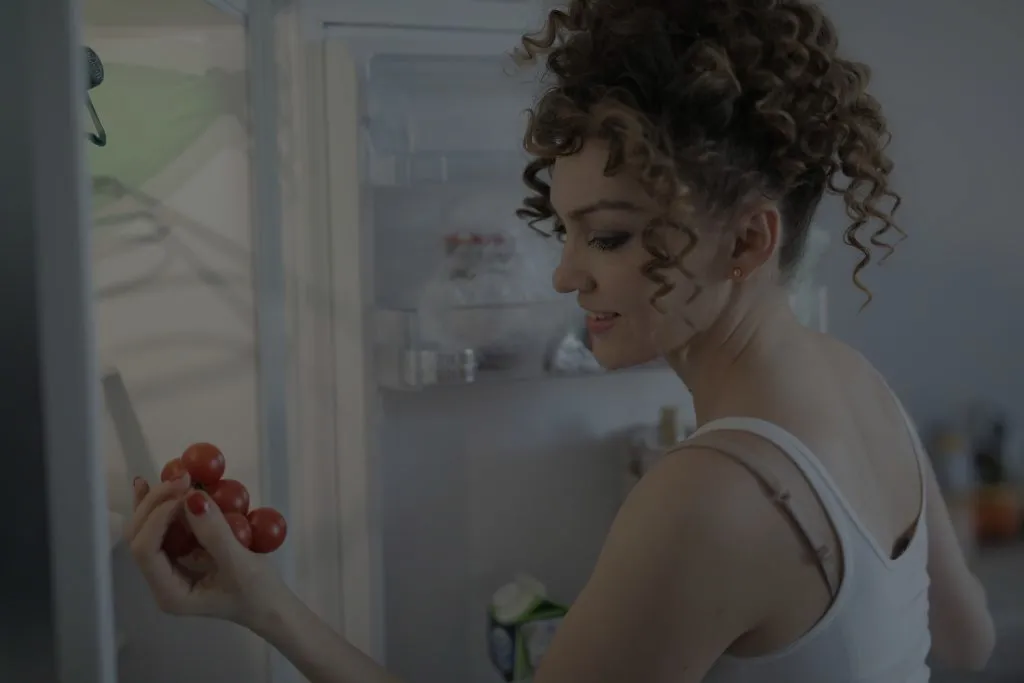7 Reasons Why Your Refrigerator’s Ice Maker is Broken and How To Fix It

What is the working of a refrigerator’s ice maker?
It’s easy to understand the basic logic of an ice cube tray: water is poured into the pockets in the tray, and the tray is left out in the cold for it to freeze. The tray can be twisted to remove the cubes and crack any frozen connections. Similar mechanisms are used in most mechanical refrigerators. These systems utilize a rear intake to pump water into the freezer tray from the water line behind the fridge. Usually, the water goes through a filter before being pumped into your icemaker’s pockets. Once the thermostat detects the cubes are frozen solid, the heater below the tray is turned on to warm them slightly and unstick them. An ejector arm pushes them out of the pockets and into the bin. A rigid metal control arm often tops the ice bin. This bar will drop after the ice cubes are ejected. A mechanical ice maker shuts off when the ice bin prevents the arm from falling beyond a certain height. Full ice bins prevent your freezer from being overfilled with mountains of ever-growing ice. If the bar drops, the icemaker will begin the next batch.
What should I do when the refrigerator ice machine stops working?
Have a look at your control arm and power switch
The bar shutoff should be checked first. This bar’s name is the control arms. You can check if something has caught the control arm by pushing it gently back down. One of the common problems with ice bins is when the arm jams, which causes the icemakers to shut down. In some modern fridges, you can turn the ice machine on or off using a power switch, digital display, or a digital display. Make sure you have yet to turn it off accidentally.
Check your installation
Ice makers need to be installed on a level surface. The fridge should be level. Check the hardware for your ice maker to ensure it is secure and unharmed. While you’re there, double-check that your refrigerator level is correct and adjust it if it’s not.
The water filter should be cleaned or replaced
In most modern ice-making machines, a water filter is installed between the water source and the machine. Smart refrigerators usually notify you when the water filter will be replaced. You may need to change the filter if it’s been a while since you did. You should check the water level if your icemaker isn’t working correctly.
You should check for a variable water flow
Some refrigerators feature a control for adjusting water flow into the pockets within the icemaker, thereby controlling the cube size. If the control is set too high or too low, it may cause your icemaker to freeze up. If you observe these symptoms, check the control and ensure it’s not allowing in too much or too little water.

The temperature of your fridge should be monitored
It’s more common than we think to have problems with your refrigerator’s temperature. If you notice that your ice maker is not able to hold ice and becomes too icy, this could mean your freezer does not maintain the right temperature. Be sure to check the dial for temperature control before getting worried. You can adjust the temperature on some freezers. Set it close to 0deg Fahrenheit. You may have more significant problems if you can’t maintain the temperature.
Unfreeze the intake of water
Sometimes, the water intake can freeze. This can cause small ice blocks. If the icemaker is not getting water, it can produce no ice. If this could be the problem, you should defrost your line. You can start by unplugging it from your refrigerator. Most ice makers attach to the freezer using two screws. Remove the icemaker using a small screwdriver. Then, place it onto a rag. In the rear, there are two plugs. One is the water supply, and the other is the power supply. Plugging the hair dryer into an outlet with a grounded ground will warm up the valve. By blowing warm air through the valve, you can heat the valve without the hairdryer touching water. It would help if you did not overheat the valve. Use medium temperature with some movement. Double-check that your freezer temperature dial is accurate when you plug the ice maker into the wall. If the line still freezes, there may be a problem with the automatic supply valve. Water could leak into the pipe.
Your home’s water system and valve should be checked
Most refrigerators are equipped with an electromagnetic solenoid attached to the home’s water pipe at the back. When activated, this valve should open for several seconds, allowing a small amount of water into your system. Open your water connection and unplug your fridge to test whether your water system works. You can use a bucket to try the water. You should call in a technician to check the issue. You need to make sure that you get the correct part. Read our ice maker manuals for easier Bosch appliance repair.
Alpine Ca, Bonita Ca, Camp Pendleton Ca, Coronado Ca, Del Mar Ca, El Cajon Ca, Encinitas Ca, Escondido Ca, Imperial Beach Ca, Cardiff Ca, Carlsbad Ca, Chula Vista Ca, La Jolla Ca, La Mesa Ca, Lakeside Ca, Lemon Grove Ca, National City Ca, Oceanside Ca, Pacific Beach Ca, Point Loma Ca, Poway Ca, Ramona Ca, Rancho Bernardo Ca, Rancho Penasquitos Ca, Rancho San Diego Ca, Rancho Santa Fe Ca, San Marcos Ca, San Ysidro Ca, Santee Ca, Solana Beach Ca, Spring Valley Ca, Vista Ca Refrigerator repair, Freezer repair, Ice-maker repair, Wine-cooler repair, Washer repair, Dryer repair, Dishwasher repair, Stove repair, Oven repair, Range repair
Areas that we cover:
Services that we provide
REQUEST SERVICE
Book a Repair Appointment

You can find us here
